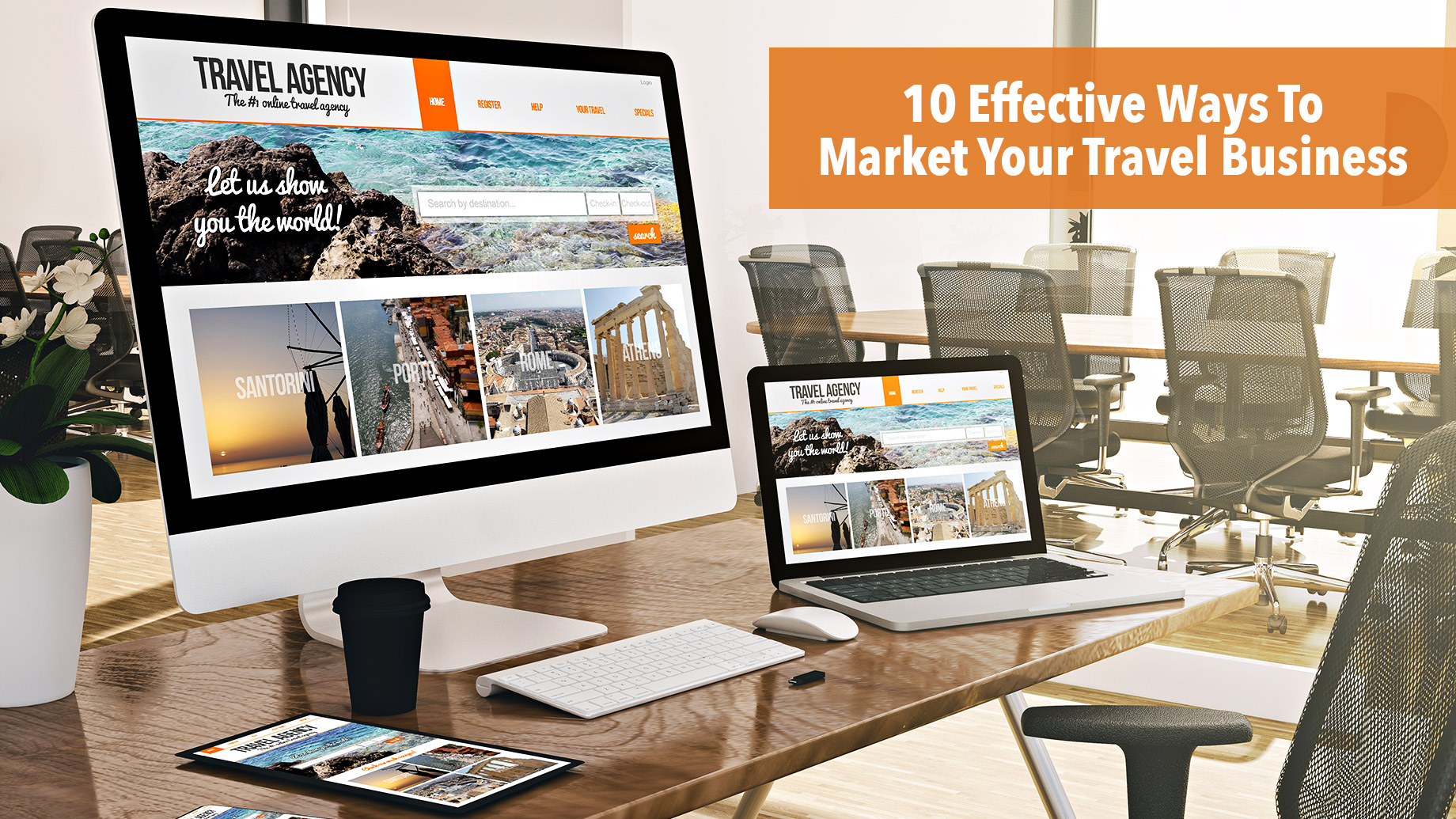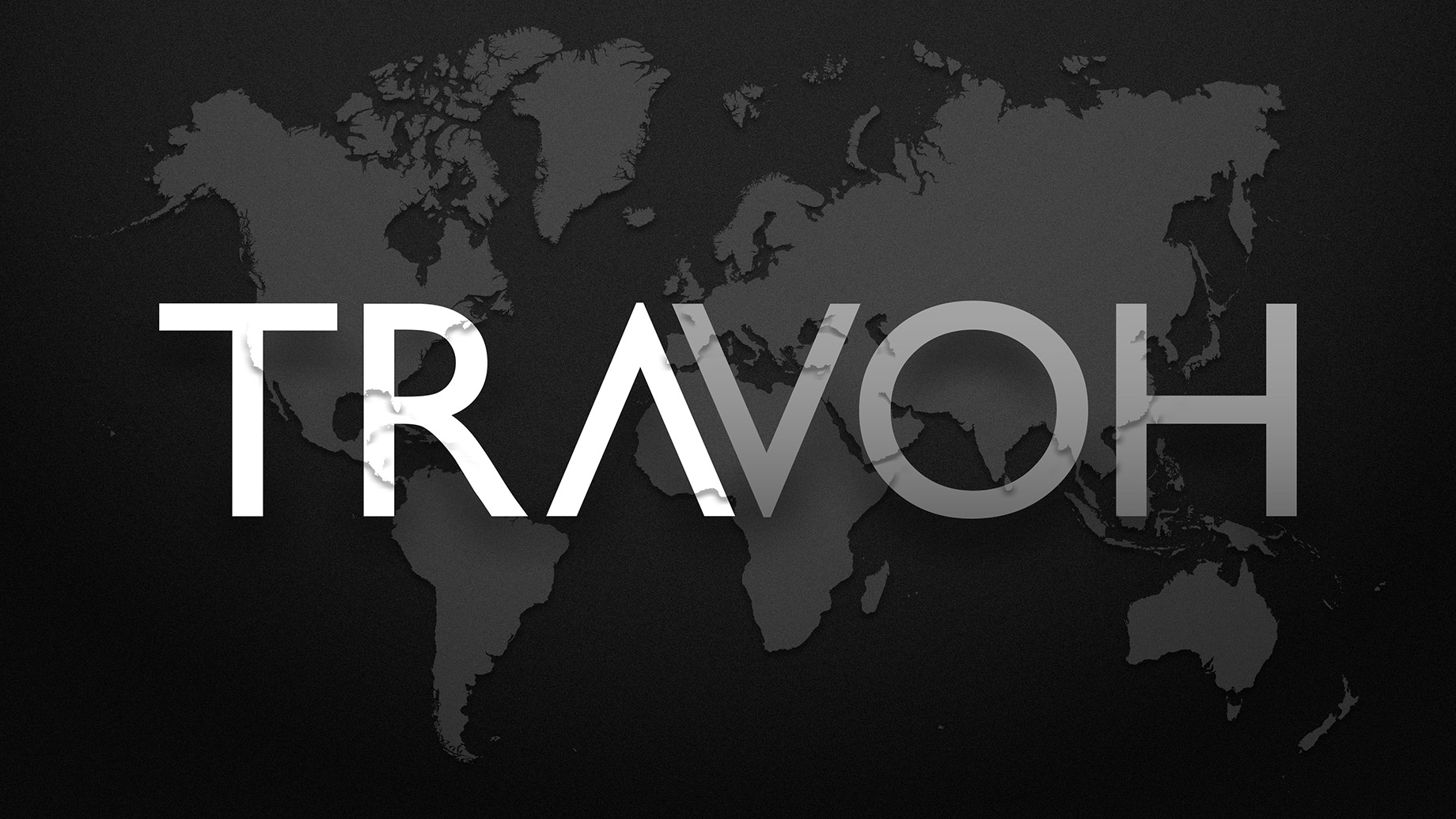
Competition in the travel industry has become fiercer more than ever. If you want to get an edge over your competitors, you want to step up your marketing efforts. From your social media accounts to promotions, you have a lot to market to your clients.
We’ve rounded up effective marketing strategies that can make your travel business stand out from the crowd.
1. Know your target audience
Before spending on ads or establishing a marketing strategy, you want to understand your customers first. The best way of doing this is by going through their demographic data and after that, understanding what goes through their minds when researching for travel.
Once you’ve determined your target market and understand what drives them, you can create ads from the perspective of buyer personas. This results in ads that are emotional and your target market will find relatable, encouraging more of them to click and convert. If you want to take it a step further, you can benefit from data analytics in getting a deeper understanding of customer buying behavior.
2. Influence key moments in the customer’s journey
When thinking about travel, customers go through three stages: dreaming, organizing, booking, and experiencing. In the dreaming stage, they research destinations and activities they can participate in. In the organizing stage, they’ve got an idea of where to go and are now choosing where to stay and which airline to book. In the booking stage, they finalize their decision and make reservations. In the experiencing stage, they’re already in their destination and are now looking for stuff to do and places to visit nearby.
As a travel creative agency Singapore company, you want to understand the customer journey so you can make marketing moves that will greatly influence them. If done right, it would lead to more conversions.
3. Diversify social media posts
Having a social media presence is a no-brainer for any business at the present. If you’ve built a sizable following for your social media accounts, you want to get the most out of it by diversifying the content you publish. Make sure your followers get a variety of content such as travel deals, promotions, travel news, tips, destination highlights, and even advisories. It’s advisable to post more image-based content as they draw more attention. You can also follow travel publications and share their articles on your pages.
4. Create a chatbot
Providing customer service is among the interesting applications of AI in the travel industry. In the absence of a human customer representative, chatbots are a great backup. You don’t want to rely on them entirely for customer service as their capabilities are still limited, but they can help keep customers satisfied as they can respond fast to the most common customer queries.
5. Send monthly newsletters
Keeping in touch with your target market strengthens engagement, which builds trust, and ultimately results in conversion. One easy way to maintain contact with your customers is by sending a monthly newsletter. If you want your customers to appreciate your newsletters, make sure you provide great content that follows the best email practices. Write short emails giving your customers tips and ideas about the current travel season.
Keep in mind, email newsletters are only effective when done right. Many people use email generators to create dummy emails, redirecting unwanted commercial emails away from their real accounts.
6. Optimize your website
Your website is the foundation of all your marketing efforts, so you want it to be the best it can be. It will represent your brand and has a significant impact on customers’ first impression. You want to keep your website updated, fast, and optimized for different platforms.
Keep your site free from bloat. No customer wants to open a website only to get overwhelmed by content they don’t care about. Present them content that is clear and concise. To complement this, make sure your site’s layout is simple, elegant, and easy to navigate.
Moreover, you want to track your site’s visitors through Google Analytics. The data you can gather from visitors will help you get a better grasp of customer behavior, opening more opportunities in terms of marketing.
7. Hire a graphic designer
Design speaks a lot about your brand. Everything can be operating excellently but if your target audience finds your design abhorrent, it can ruin everything. It’s always advisable to hire professional graphic designers to make your brand good-looking. It’s vital that you thoroughly discuss with your designer your brand and your target market, so they can craft a design that best represents it.
8. Diversify offers
Most travel customers fall into two categories: those who plan far ahead before booking and those who book at the last minute. You want to have offerings that are tailored to each of these travelers.
9. Pay attention to reviews
Your business’ reputation dictates its success. Travel consumers place great importance on reviews when deciding whether to book or not. Negative reviews hurt, but it’s better than having no reviews at all. You want to make it easy for customers to leave a review and you want those reviews to be easily accessible to those who are researching. Do not forget to respond to reviews when necessary.
10. Prepare an elevator speech
Sure, you already have ads running on different platforms but nothing beats a pitch from the person running the business. Having an elevator speech, a clear and concise endorsement of your business, is important if you don’t want to be left grasping for words when you want to market your business to friends and acquaintances. Write one that lasts around 30 seconds, practice it, and you’ll be able to explain your business to people without a hitch.
